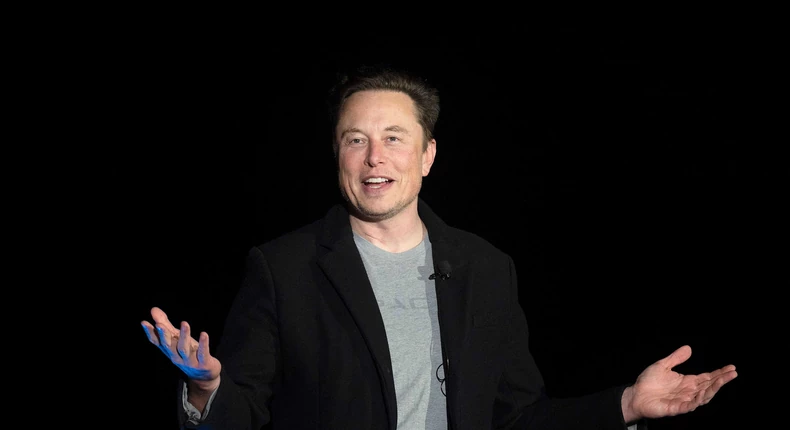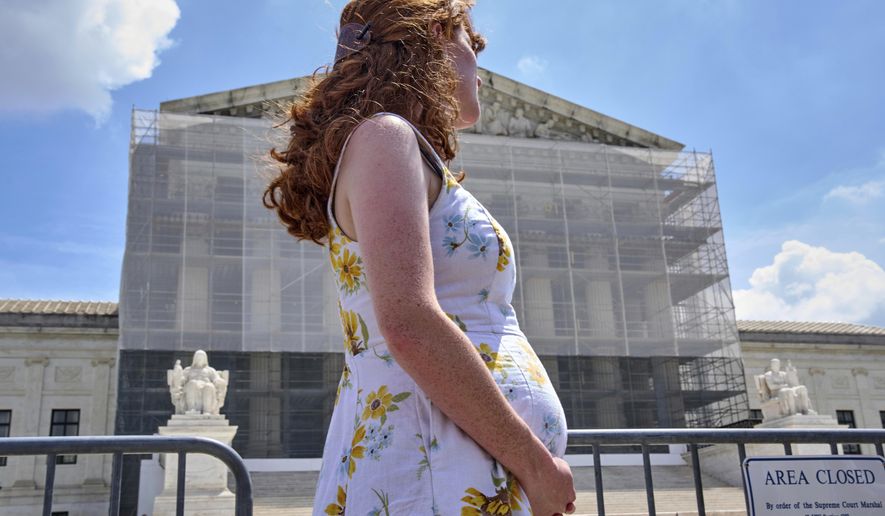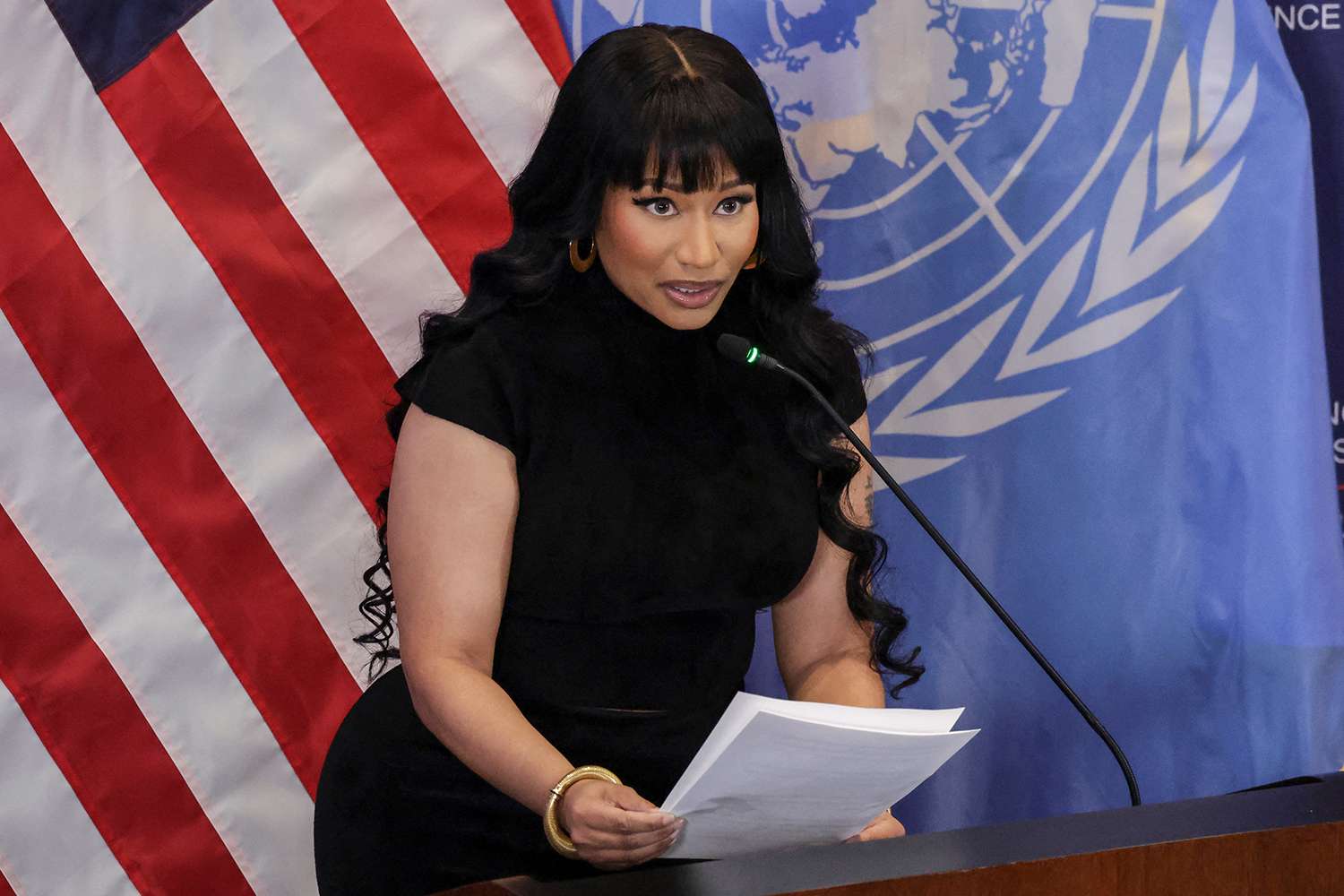After Delta rejected a deal with SpaceX, Elon Musk’s Starlink staged an in-flight WiFi demonstration aboard a private aircraft.
As Starlink competes for additional clients, SpaceX held a test flight last week to highlight the possibilities of the satellite internet service on a private jet.
According to Bloomberg, SpaceX showed off Starlink’s ability to supply WiFi for Netflix, YouTube, and video chats from 30,000 feet in the air during a one-hour ride from Burbank to San Jose, California.
The in-flight WiFi reached speeds of over 100 Mbs, which is more than enough bandwidth to fluidly stream videos, browse the internet, or even have live video conversations, according to reporters who attended the media event. The internet speed may have been slower if it had been utilized on a larger trip with more than 20 to 30 people, but this is unknown.
A JSX jet, a local airline that bills itself as a “hop-on jet service,” was used for the occasion. The first airline to sign a deal with SpaceX for their Starlink internet service was JSX. Elon Musk’s business and Hawaiian Airlines have a contract in place for the satellite service.
Prior to deciding on Starlink, the carrier “kissed a lot of frogs,” according to JSX CEO Alex Wilcox, and chose SpaceX for its compact antennas. Since SpaceX began competing in the satellite internet industry, it has faced competition from Viasat and Intelsat, two more seasoned service providers.
According to a recent Bloomberg article, SpaceX unsuccessfully tried to sell their internet service to four of the biggest US air airlines, including Delta. According to the article, Musk’s invention uses satellites that are smaller and fly lower than those of rivals, allowing the WiFi signal to arrive more quickly. According to Bloomberg, however, the smaller satellites could not be sufficient to power larger flights with more customer demand. According to SpaceX, Starlink can support all sizes of aircraft.
Regulators have also voiced skepticism about SpaceX’s satellite internet service. A $866 million subsidy for Starlink was denied by the Federal Communications Commission in August on the grounds that the firm “failed to establish that the providers could deliver the promised service” and that it was a “still-developing technology.”
The FCC decision, according to SpaceX, was “grossly unjust” and “contrary to the information” that the firm provided in its application for the subsidy.
Starlink has expanded into the cruise sector as well. Royal Caribbean said last month that it had begun offering satellite internet access on all of its ships. Passenger WiFi options on cruise ships and in the airline business have generally been terrible.
The FCC has just just given SpaceX permission to utilize the Starlink for moving vehicles in June. However, the service is still expanding. Most recently, Musk disclosed that T-Mobile and SpaceX would work together to give customers access to Starlink satellites as early as next year.
Over 400,000 people worldwide currently subscribe to Starlink. More than 2,500 satellites are part of the company’s network in lower orbit. Customers in remote locations and higher latitudes will be able to access high-speed internet at speeds of up to 200 Mbps thanks to the service.













